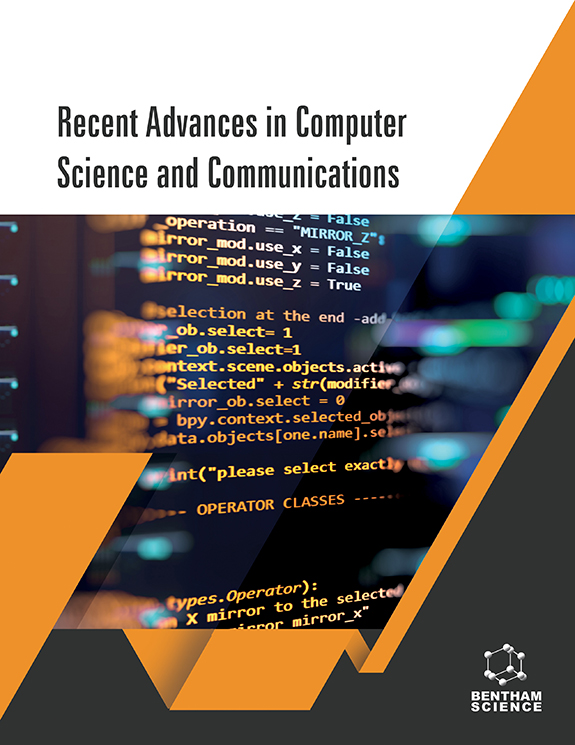Submission Tilte
Current Research and Open Challenges in Artificial Intelligence for Smart Cities
Submission Abstract:
Artificial intelligence is a technology that replaces human work, such as problem-solving skills, complex tasks, decision-making, and reasoning. AI plays a pivotal role in all sectors, including healthcare, cybersecurity, digital education, manufacturing, transportation, and business. Efforts are being made to integrate AI into the agriculture sector to provide intelligent solutions. Similarly, AI-powered innovative processes contribute to the development of smart cities by collecting and analyzing data from various municipal corporations using sensors. There are numerous opportunities for AI across different sectors. In the creation phase of smart cities, urban modernization steps and the development of transportation systems include AI. Image recognition development, which is a part of human intelligence work, encompasses various aspects such as gait recognition, fingerprint recognition, and face recognition. These technologies find wide applications across many fields, particularly in smart city concepts.
Additionally, AI is integrated into urban environments to accomplish tasks, execute prearranged plans, and develop models. The potential applications of AI in smart city development include City Development and Administration, Projecting Maintenance and Infrastructure Organization, Energy Optimization, Disaster Recreation and Response, Circulation and Transportation Systems, Municipal Safety and Security, Environmental Intensive Care and Sustainability, Economic Exhibiting, Healthcare Facilities, Citizen Engagement and Services, Real Estate and Progress, Integration with IoT and Smart Devices, Authority and Guideline, Education and Training. The prospects for development in these areas are promising.
However, AI faces challenges such as data privacy, security of important assets, data transmission between different systems and technologies, and the potential for job displacement. To address these challenges, careful planning by city planners and the establishment of robust frameworks are necessary. Furthermore, AI enables IoT to operate within smart cities, but this integration raises concerns about security, privacy, network attacks, data leakage, and encryption. Big data analytics pose challenges related to heterogeneity, velocity, and volume. Smart sensors may encounter reliability issues, robustness concerns, power consumption challenges, and interoperability issues. Network infrastructure considerations include mobility, low power requirements, and cost implications. In summary, the future of smart cities and AI focuses on developing smart infrastructures and urban solutions to meet human needs, ultimately paving the way for a better future for city dwellers.
List of topics that can relate to research on smart cities with AI:
Advances in smart cities for urban construction and planning: IoT, Big data, cloud computing.
Harnessing Generative AI and Large Language model with smart city technology.
Robust intelligent city development of urban environment: Digital twin using AI.
Revolutionizing urban planning with computer vision and multi-model function.
Development prospect of smart cities: Key feature of the sustainable smart towns.
Impacts on smart cities during and after COVID-19: Urban management data, open urban platforms.
AI and machine learning in smart cities: Privacy, data security challenges in digital twin’s smart city.
A study on various topics: Blockchain technology for municipal management, urban informatics, Sensing technologies, laser scanning, and smart cities.
Smart cities and urban energy optimization: Advanced in addressing challenges and promises.




